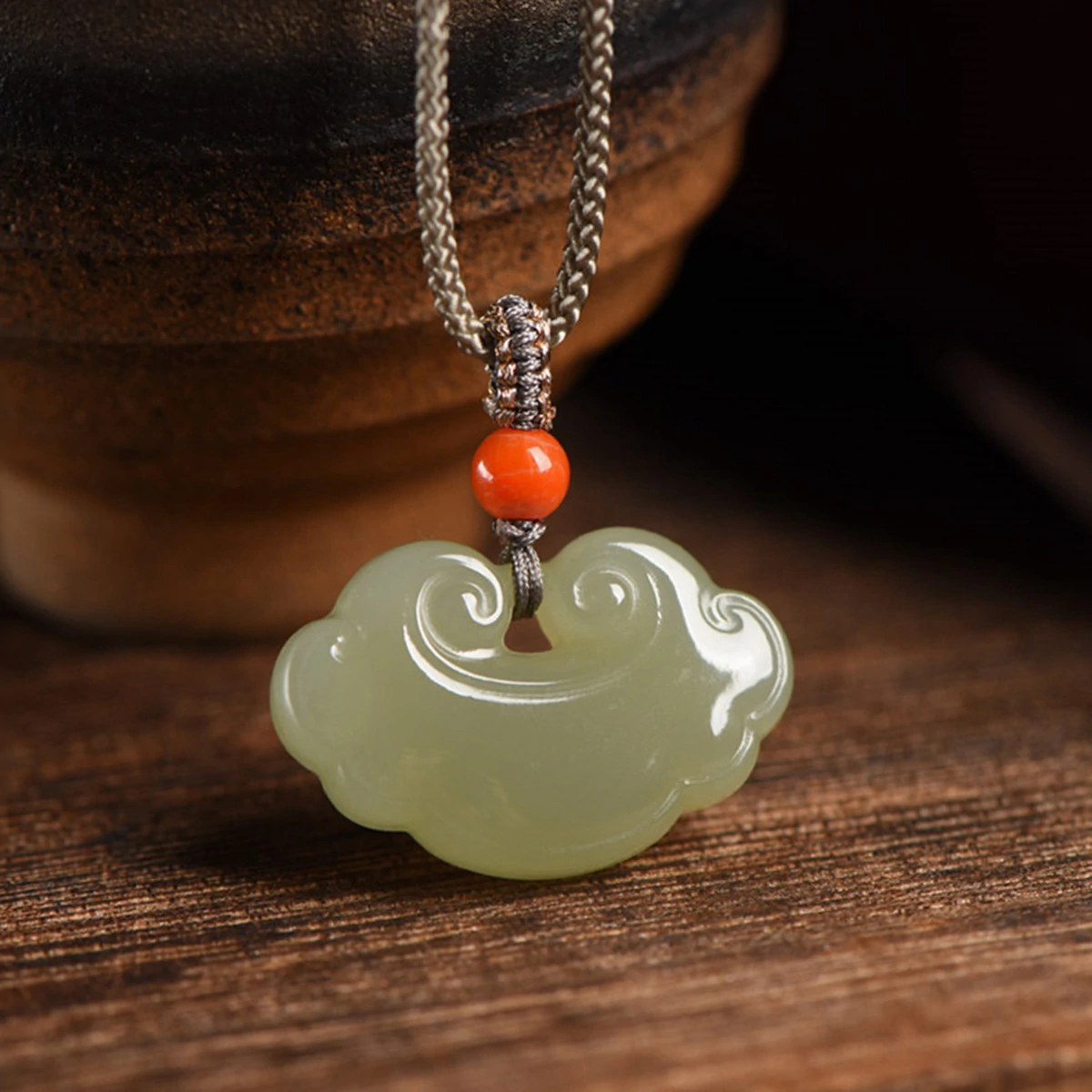Your cart is currently empty!

Ancient humans of China demonstrated remarkable creativity and aesthetic pursuit in adorning themselves. According to archaeological findings and anthropological research, ancient humans utilized various materials and forms to create jewelry, beautifying themselves while reflecting their social status and identity. Below are some of the common jewelry types and materials used by ancient humans, along with their characteristics:

Types and Materials of Jewelry
- 1 Head Ornaments:
- Crowns: Often made from precious materials such as jade, bone, or ivory, they were commonly found in high-ranking burials and served as symbols of status and authority.
- Hairpins: Tools used to hold hair in place, made from bone, stone, jade, and other materials.
- Hair Ornaments: Including animal teeth ornaments, used to decorate hair buns.
- Forehead Ornaments: Beaded forehead decorations made from animal bones, jade, beads, shells, and other materials.
- Combs: Mostly bone or ivory combs, with some exquisite jade comb backs.
- 2 Earrings:
- Ear Plugs: Typically hoop-shaped with a gap, resembling later Han Dynasty earrings.
- Jade Rings (Jue): One of the oldest forms of earrings, flat circular jade ornaments with a gap.
- Earrings: Mostly made from jade, turquoise, and other materials.
- 3 Nose Ornaments:
- Nose Rings: The oldest nose rings discovered archaeologically come from the Yinjiacheng Yueshi site in Shandong, China.
- Nose Plugs: Column-shaped objects inserted into the nostrils.
- 4 Necklaces:
- Necklaces: Made by stringing together animal teeth, fish bones, fossils, shells, and other materials.
- Beaded Necklaces: Consisting of beads, tubes, or other small ornaments strung together.
- Pendants: Ornaments hanging from the bottom of a necklace, made from various materials.
- 5 Chest Ornaments:

Such as jade pendants in cloud shapes or dragon forms, worn on the chest to signify the wearer’s status and identity.
- 6 Arm Ornaments:
- Arm Guards: Cylindrical arm protectors, also used for decoration.
- Arm Rings: Made from jade or pottery, worn on the arm.
- 7 Hand Ornaments:
- Bracelets: Made from pottery, stone, bone, jade, ivory, shells, and other materials.
- Rings: Circular ornaments worn on the fingers.
- 8 Waist Ornaments:

- Belt Hooks: Used to secure belts or for decoration.
- Beaded Waist Ornaments: Consisting of stone or bone beads.
- Turquoise Ornaments: Turquoise inlays on belts or other parts of the body.
Craftsmanship and Styles
- Ancient humans mastered grinding, drilling, and other techniques to transform natural materials into exquisite jewelry.
- Jewelry styles ranged from simple and plain to intricately carved and gem-encrusted masterpieces.
- Different cultures and regions exhibited unique styles and characteristics in jewelry making.
Social Significance
- Jewelry was not only a manifestation of ancient humans’ pursuit of beauty but also a symbol of identity, status, and wealth.
- In some cultures, jewelry carried religious, spiritual, or magical significance.
In summary, ancient humans demonstrated exceptional creativity and aesthetic taste in adorning themselves. Using readily available natural materials, they crafted a wide variety of jewelry that not only enhanced their appearance but also reflected the cultural, religious, and aesthetic beliefs of their time.

Leave a Reply